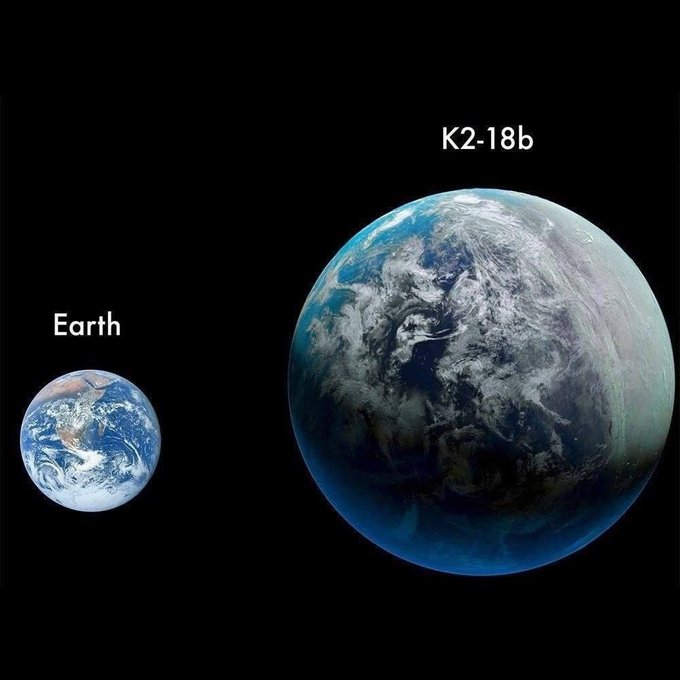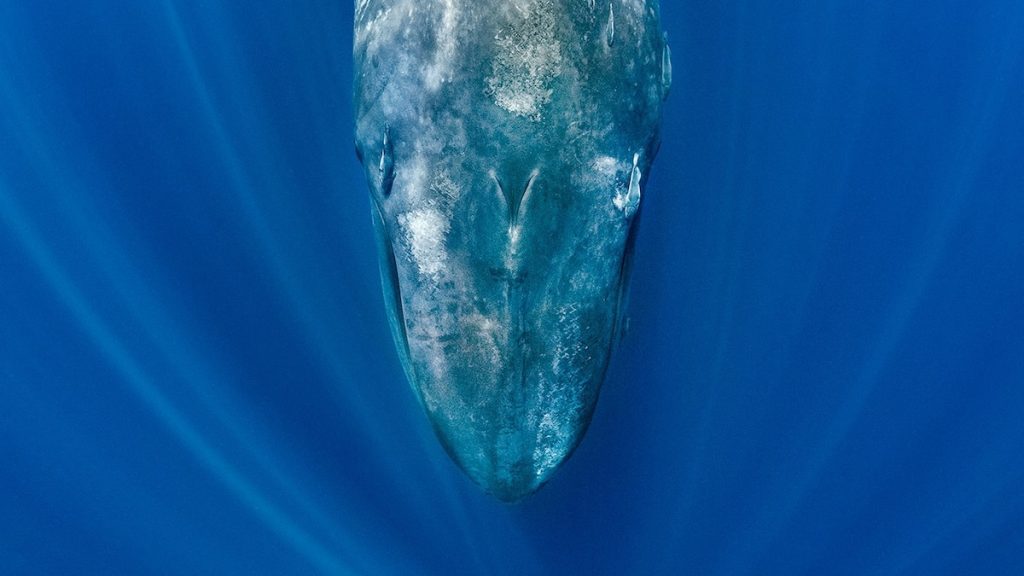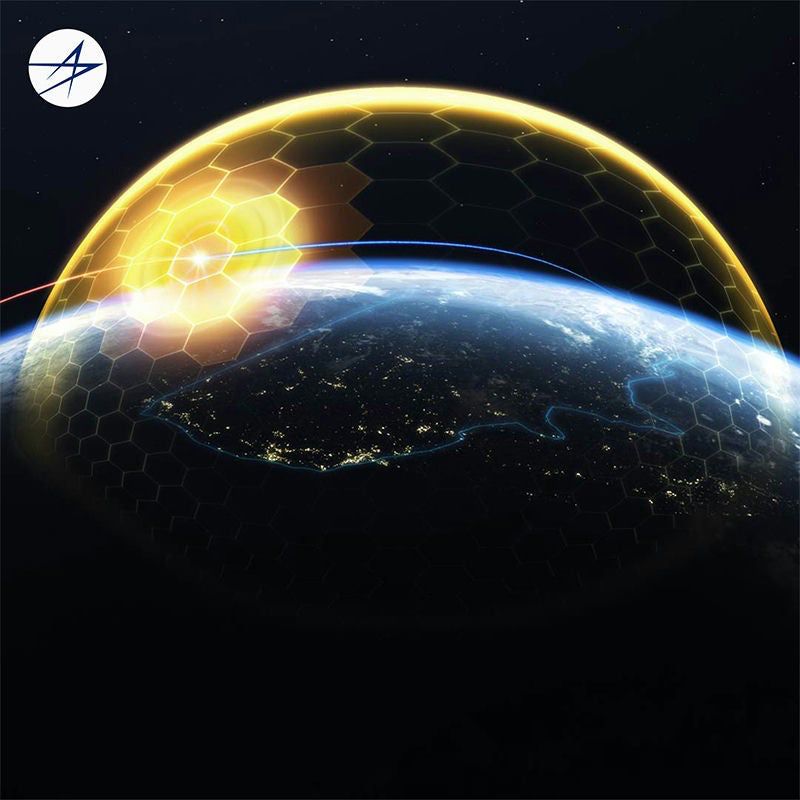Now Reading: Scientists Suggest Exoplanet K2-18B Could Be an Ocean World Supporting Life
-
01
Scientists Suggest Exoplanet K2-18B Could Be an Ocean World Supporting Life
Scientists Suggest Exoplanet K2-18B Could Be an Ocean World Supporting Life

Quick Summary
- Astronomers have found strong evidence of dimethyl sulfide (DMS),a chemical possibly produced by biological activity,in the atmosphere of exoplanet K2-18b.
- DMS is found in concentrations thousands of times higher than on Earth, where it is mainly produced by marine phytoplankton.
- K2-18b is located 124 light years away in the constellation Leo adn classified as a ‘Hycean’ planet-an ocean-covered world with a hydrogen-rich atmosphere.
- Earlier observations detected methane and carbon dioxide, but recent analysis using James Webb Space telescope (JWST) instruments revealed clearer evidence of DMS and dimethyl disulfide (DMDS).
- Researchers have achieved three-sigma statistical meaning (99.7% certainty) but require an additional 16-24 hours of JWST observation to push certainty to five-sigma-a scientific finding threshold.
- Alternative explanations for DMS include unknown geologic processes or planetary phenomena rather than life.
Indian Opinion Analysis
The detection of potential biosignatures such as DMS on K2-18b marks an vital step in humankind’s quest to identify extraterrestrial life. If further data confirms that these chemicals are biologically derived, it could revolutionize our understanding of life’s existence beyond Earth. For India,this could inspire more focus on space exploration programs like ISRO’s Gaganyaan and future missions targeting astrobiology research. Though, caution is warranted until full scientific validation at five-sigma significance resolves existing uncertainties surrounding non-biological explanations. As one of the rising global leaders in space technology, India might use advances like this to collaborate internationally and contribute deeper insights into identifying habitable environments-both within our solar system and beyond.Read More




























